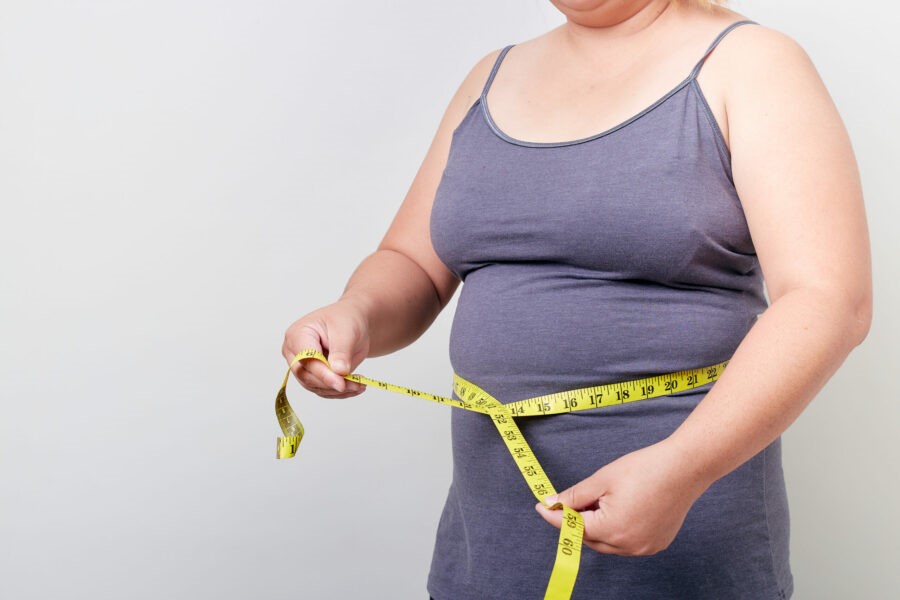
High cholesterol, foods that lower it
If blood tests have shown cholesterol levels that are too high, what can be done to limit the damage
High cholesterol: to begin with, you can change your food style
In fact, the choice of certain foods favors the elimination of LDL cholesterol, also called “bad cholesterol”, and becomes a weapon to combat hypercholesterolemia.
Green light to cereals, legumes and vegetables: these foods, in fact, do not contain cholesterol and help reduce the levels of excess cholesterol.
Fiber-rich vegetables also help reduce the absorption of dietary cholesterol in the intestine.
In the case of high cholesterol, it is therefore advisable to consume normal portions of cereals, preferring wholemeal ones to processed ones, and legumes, taking the latter at least 2-4 times a week.
Among the cereals, wholemeal bread, pasta and rice are therefore recommended, but also spelt, oats and barley.
Instead, make room for fruit and vegetables, not forgetting to include 2-3 portions of vegetables and 2 of fruit in the daily menu.
Fish is welcome. Consumption at least 2 or 3 times a week is recommended for those with high cholesterol problems thanks to the particular composition of its fat.
However, it should be remembered that grilled, baked or steamed cooking is preferable, while frying is to be avoided.
As for the consumption of molluscs and crustaceans, it must not be more than once a week.
A little oil and the good one.
Saturated fats of animal origin cause an increase in cholesterol levels, while unsaturated fats of vegetable origin are able to reduce it
Therefore, butter, lard and lard should be avoided in favor of polyunsaturated or monounsaturated vegetable oils, such as extra virgin olive oil.
You can freely consume meat, both red and white. Lean cuts are to be preferred, however. Always remembering, before cooking, to remove visible fat and skin the poultry.
Less fat is better: it is advisable to limit to a minimum the consumption of sausages, cheeses and eggs which contain rather high quantities of fat and which negatively influence the cholesterol level.
Prefer skimmed or semi-skimmed milk to whole milk.
As for cooking methods, those without the aid of added fats should be preferred – such as boiling, steam cooking, microwave cooking or grilling – and the use of frying in a pan or fryer should be discouraged.
Read Also
Emergency Live Even More…Live: Download The New Free App Of Your Newspaper For IOS And Android
What Is Cholesterol And Why Is It Tested To Quantify The Level Of (Total) Cholesterol In The Blood?
Lipid Profile: What It Is And What It Is For
Family Hypercholesterolemia: What It Is And How To Treat It
Paediatrics / ARFID: Food Selectivity Or Avoidance In Children
Eating Disorders In Children: Is It The Family’s Fault?
Eating Disorders: The Correlation Between Stress And Obesity
Mindful Eating: The Importance Of A Conscious Diet
Manias And Fixations Towards Food: Cibophobia, The Fear Of Food
In Search Of A Personalised Diet
Vitamin C: What It Is Used For And What Foods Ascorbic Acid Is Found In
Cholesterol, An Old Friend That Is Good To Keep At Bay
Vitamin D, What It Is And What Functions It Performs In The Human Body
Paediatrics / Recurrent Fever: Let’s Talk About Autoinflammatory Diseases
Why A Newborn Needs A Vitamin K Shot
Anaemia, Vitamin Deficiency Among Causes
Winter, Beware Of Vitamin D Deficiency
What Is Cholesterol And Why Is It Tested To Quantify The Level Of (Total) Cholesterol In The Blood?
Lipid Profile: What It Is And What It Is For


